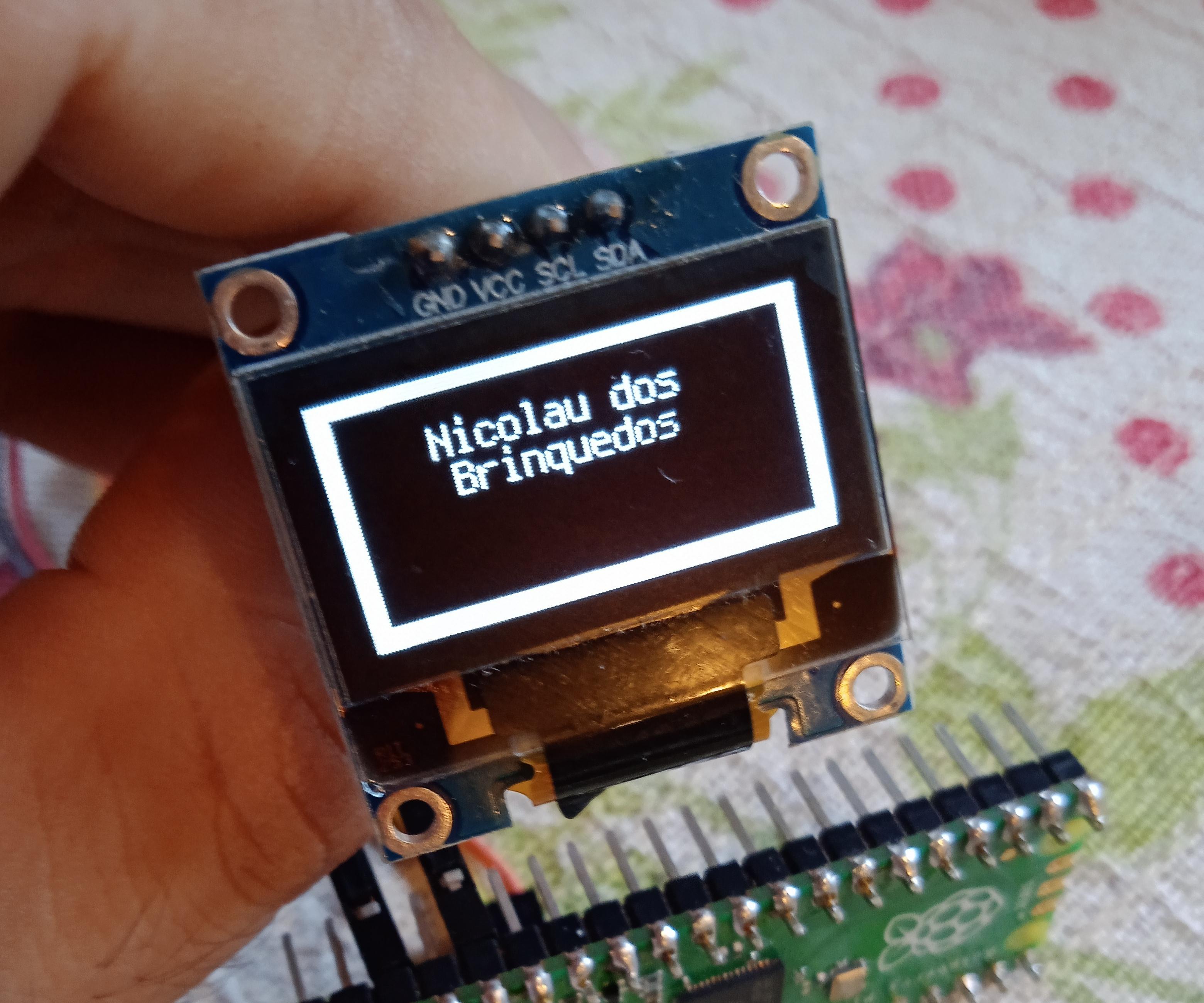

configure –enable-shared –enable-gpl –prefix=/usr –enable-nonfree –enable-libmp3lame –enable-libfdk-aac –enable-libx264 –enable-version3 –disable-mmxįinish compilation with the following commands: ffmpeg# make -j3 IF you get an error stating that “–enable-libfaac” is an unknown command, try using the following configure command (this will utilise libfdk-aac instead): ffmpeg#. Srcs# git clone git:///ffmpeg.gitįfmpeg#.
#Install ffmpeg raspberry pi 3 install
Now I generally install both, as with my experience with FFmpeg, sometimes libfaac refuses to play ball during compilation, so I use libfdk-aac as a fallback. Look for any errors, and try and make sure that libfaac and libfdk-aac are listed. Once this is all done, reinitialise your library links with: mstorsjo-fdk-aac- # cdĬheck the verbose output in the terminal. configureįaac-1.28# make install Install FDK AAC audio support (alternate AAC support) faac-1.28# ~/srcs Then carry on with configuring faac-1.28#. You should see the following line highlighted: char *strcasestr(const char *haystack, const char *needle) ĭelete or comment this line out (eg add // to the start), then press CTRL+X then Y to save. Run the following command to open Nano at the line in question: faac-1.28# nano +126 common/mp4v2/mpeg4ip.h
#Install ffmpeg raspberry pi 3 code
Now – before finishing off faac, you need to check and possibly edit a line of code in one of the headers (for v1.28 you need to do this, other versions may not require this). Lame-3.99# make install Install FAAC audio support (one possible AAC support) lame-3.99# cd ~/srcs X264# make install Install Lame audio support (for mp3 audio) x26x# cd ~/srcs

Install supporting Libraries and Build tools ~# apt-get install libasound2-dev build-essential make autoconf libtool Install x264 video support ~# cd ~/srcs This can shave minutes or even hours of the compilation of some packages. Using the -j switch to allocate more cores gives a slight boost in compilation speed, as work is shared across more than one processor core. If you are using an original Pi, Pi+, Model A or Zero for this, you should remove the -j3 switch when executing the command. You will also notice the usage of the “-j3” switch on the “make” commands – this tells the ‘make’ tool to use 3 processor cores of the 4-cored Pi2/Pi3. This guide will assume that the following path: “/home/pi/srcs” exists already. I usually create a directory called “srcs” in my home directory for when I am downloading and building packages from source code. ~# apt-get install git & apt-get install svn Source downloads You’ll be getting some files from source, so it’s always best to have GIT and SVN installed. From my experience some builds can be flaky when done using the sudo command. If you’re doing this on the Raspberry Pi, I would encourage you to run the following commands as root, so enter “su” in the command prompt and switch to the root user. Here’s my recipe for building and compiling FFmpeg for the Raspbian Jessie environment for Raspberry Pi. There’s plenty of guides around, but none that worked flawlessly for me.


 0 kommentar(er)
0 kommentar(er)
